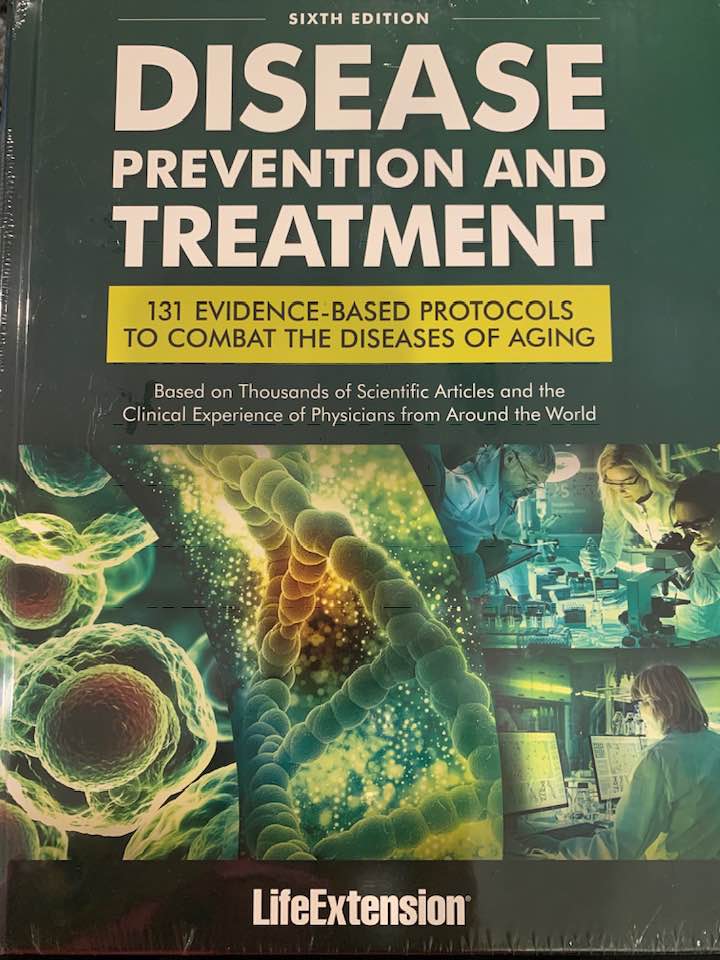
Category: futurism – Page 1,103

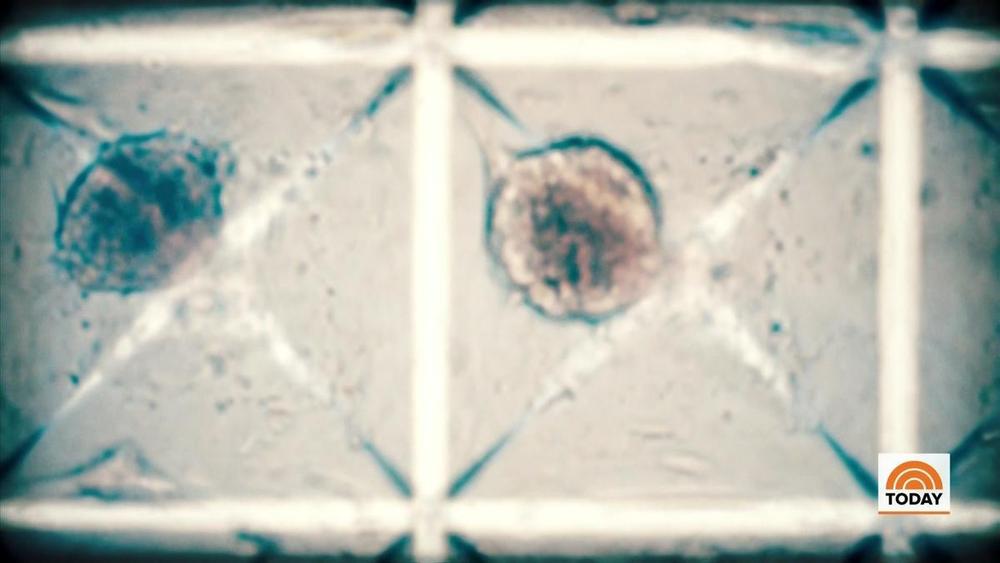
San Diego Stem Cell Clinics in National Spotlight
Some see stem cell therapy as the future of medicine, but not all of the treatments have been proven to work. Yet the treatments cost patients tens of thousands of dollars.
NBC 7 Investigates has been looking into stem cell clinics and treatments offered across San Diego County for nearly a year. On Friday, NBC’s Today show featured NBC 7’s work in a report on stem cell treatments.
Today Show Segment on Rise in Stem Cell Clinics 
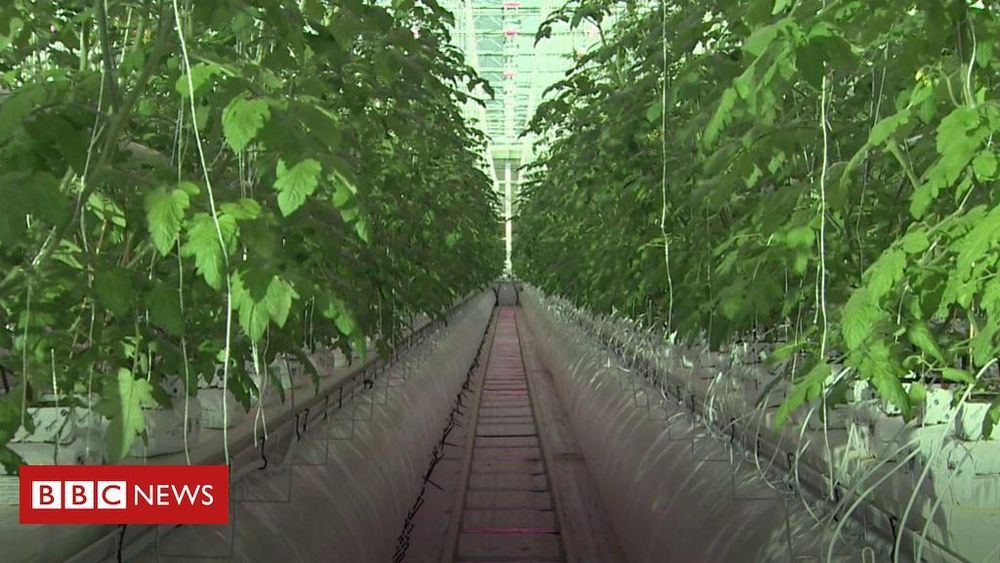
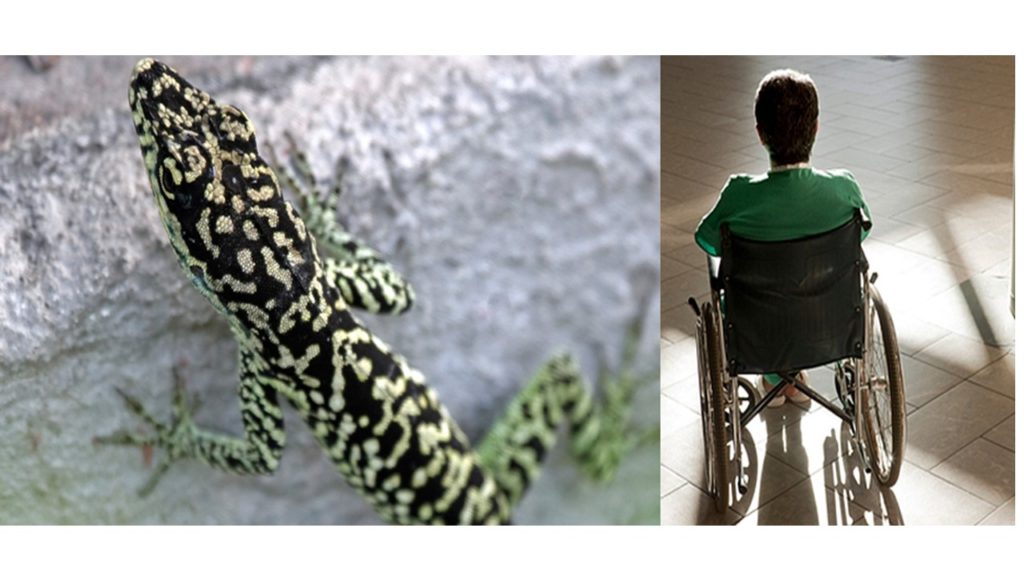
Bioquark Inc. — Creatively Speaking Radio — Ira Pastor
Thanks so much to Luanna Helena for having me on Creatively Speaking Radio to discuss Bioquark Inc. (http://www.bioquark.com) and nature’s clues for human regeneration, disease reversion, and age rejuvenation -
Also got to introduce our new mosquito / “ectocrinome” research program — (https://www.bizjournals.com/philadelphia/news/2019/01/02/bio…nefit.html) —
http://blogtalkradio.com/creativelyspeaking/2019/01/12/episode-79-ira-pastor
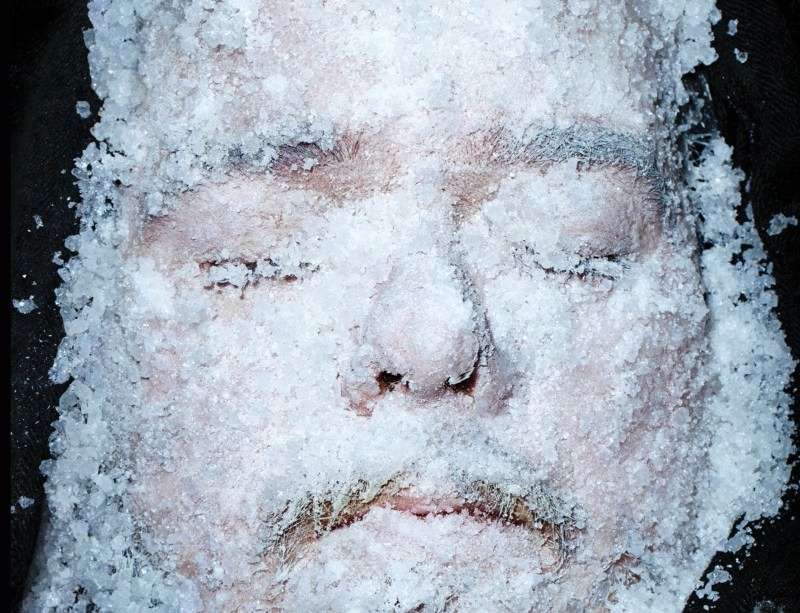
What does it mean to be posthuman?
Bioscience and medical technology are propelling us beyond the old human limits. Are Extremes and The Posthuman good guides to this frontier?
By David Cohen
HOW would you like to be a posthuman? You know, a person who has gone beyond the “maximum attainable capacities by any current human being without recourse to new technological means”, as philosopher Nick Bostrum of the Future of Humanity Institute at the University of Oxford so carefully described it in a recent paper.
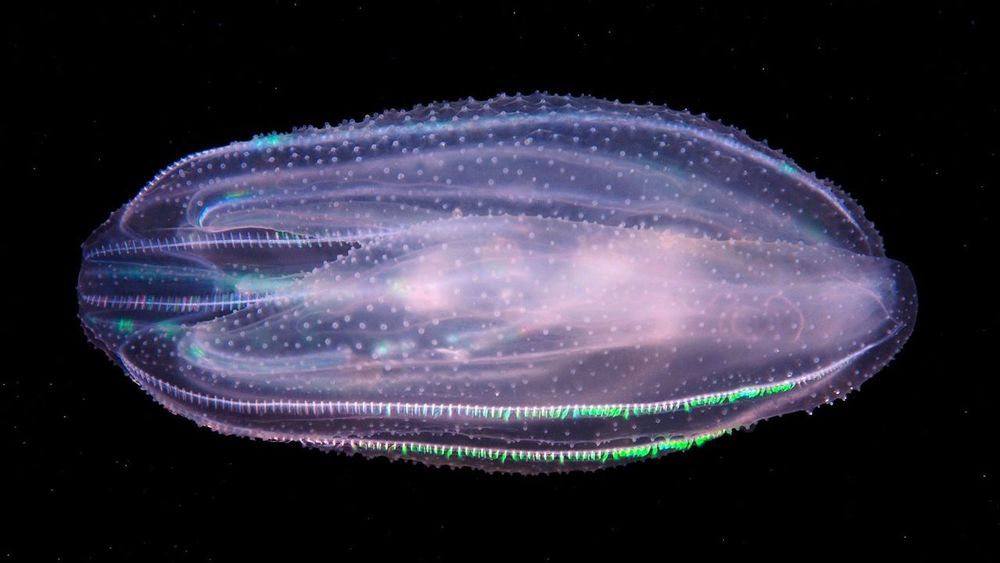
Grabb-It Pays People To Place Ads In Car Windows
This company wants to pay you to display ads on your car windows.
Here’s how to change the world
This is the most practical advice we’ve heard for changing the world.
Create beautiful network visualizations of your thoughts, ideas, and writing
Abstract constellations of thought. Visualize your ideas and texts as a network, generate interesting insights along the way.

Baby boomers more likely to share fake news—study
Interestingly, the study also found that Facebook users over 65 years old, on average, shared nearly seven times as many fake news articles as the youngest age group (18−29 years old). #INQLifestyle
A study by researchers from Princeton University and New York University found age as the prime factor that determined whether someone would share “fake news” on social media.
The study, published in the peer-reviewed Science Advances journal on Jan. 9, shed light on the concerns about the prevalence and effects of spreading misinformation during the 2016 US presidential campaign.
The researchers noted that one of the most discussed phenomena after the 2016 US presidential elections was the dissemination and possible influence of misinformation or fake news, with some scholars and commentators asserting that fake news could have affected the results of the elections.